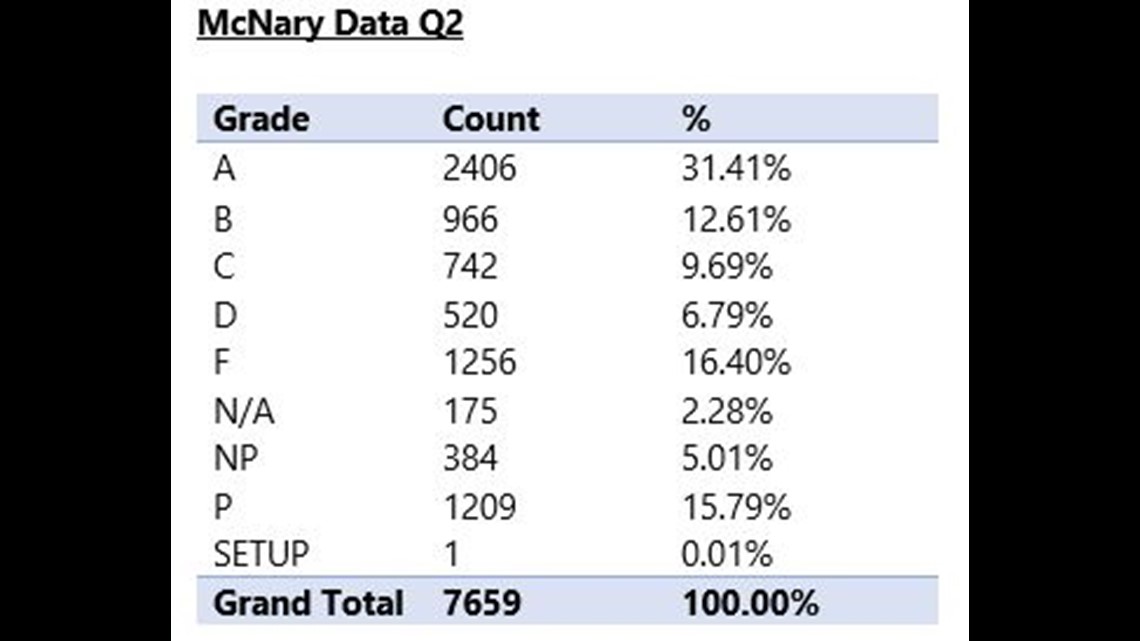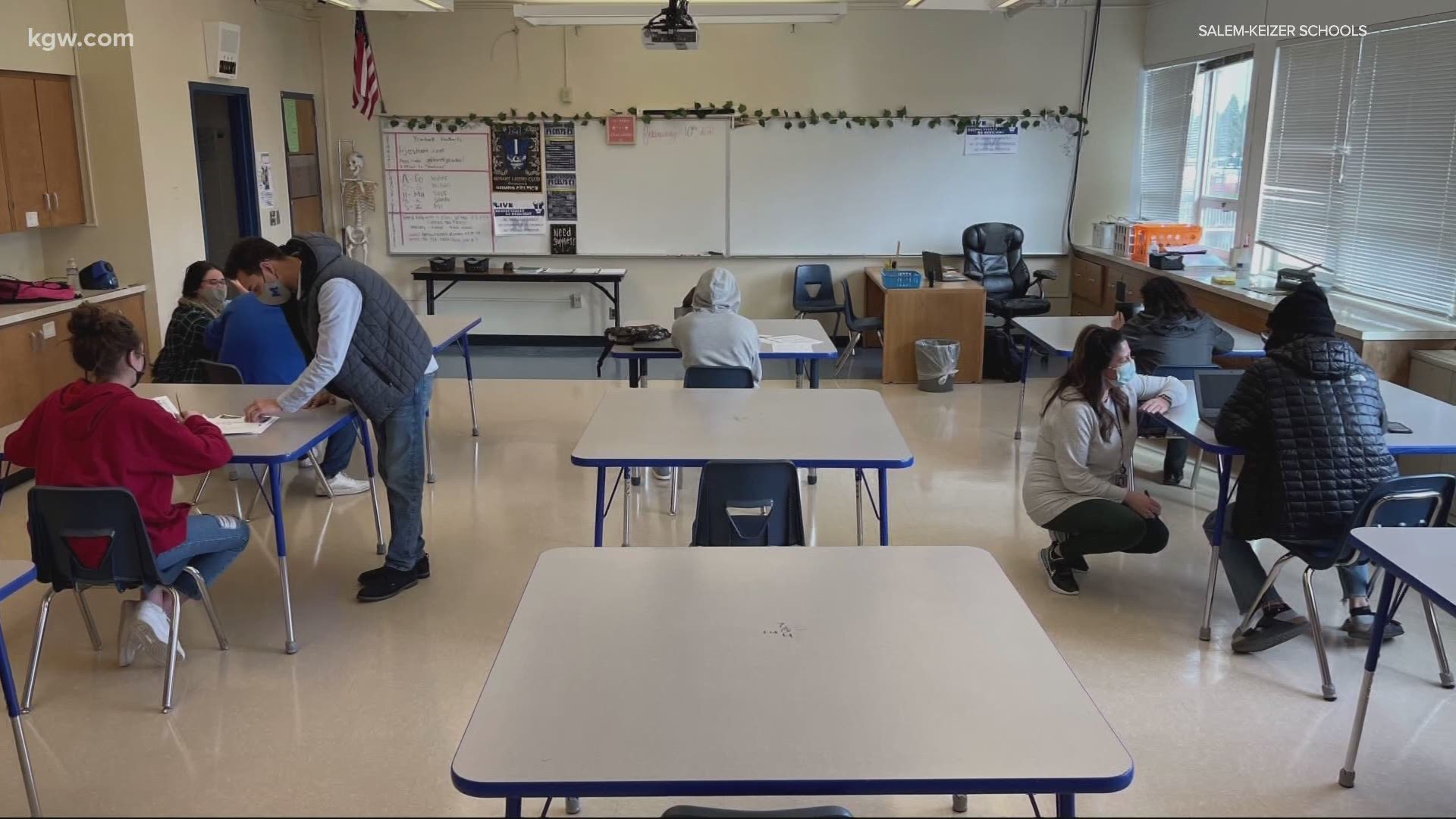SALEM, Ore. — Correction: The Salem-Keizer School District says in the second quarter, 22% of all high school grades were an “F.” A spokesperson with the district said the actual percentage of students with at least one failing grade is likely higher than 22% but less than the 50% reported in the 1st fall quarter. KGW will update this article once district officials relay the additional information.
Original story below:
At the end of the fall quarter, Salem-Keizer School District officials said about half of high school students were failing at least one class.
Now, at the end of the second quarter, KGW News checked back in to see if things have improved.
Emily Hicks, a spokesperson for the district, said according to the most recent numbers, almost 22% of the district’s roughly 12,700 high school students had at least one failing grade.
That’s better than the roughly 50% mark reported at the end of fall.
At the end of the first quarter, McNary High School principal, Erik Jespersen said at one point 38% of all grades were "F" grades. That’s a number about three times higher than they’d normally see under normal circumstances with in-person learning.
That percentage eventually went down to about 16%, which is about where they’re at now, after the end of the second quarter.
“Last quarter, we really stumbled out of the blocks. We went immediately to almost 40% of all of our grades were failing grades, so it was really a story of us digging ourselves out,” said Jespersen.
He said this past second quarter has been more consistent as teachers and staff have been able to get better acquainted with new platforms and workflow. Jespersen anticipates the percentage of “F” grades will go down as more teachers continue to help more students change their grades through limited in-person instruction like how they helped McNary senior Eduardo Martinez.
“For me, it was difficult at the beginning. It was pretty hard. I was slacking on the schoolwork,” said Eduardo.
He said he wasn’t motivated and wasn’t sure he’d graduate. That was before a staff member invited him to get help from teachers in person.

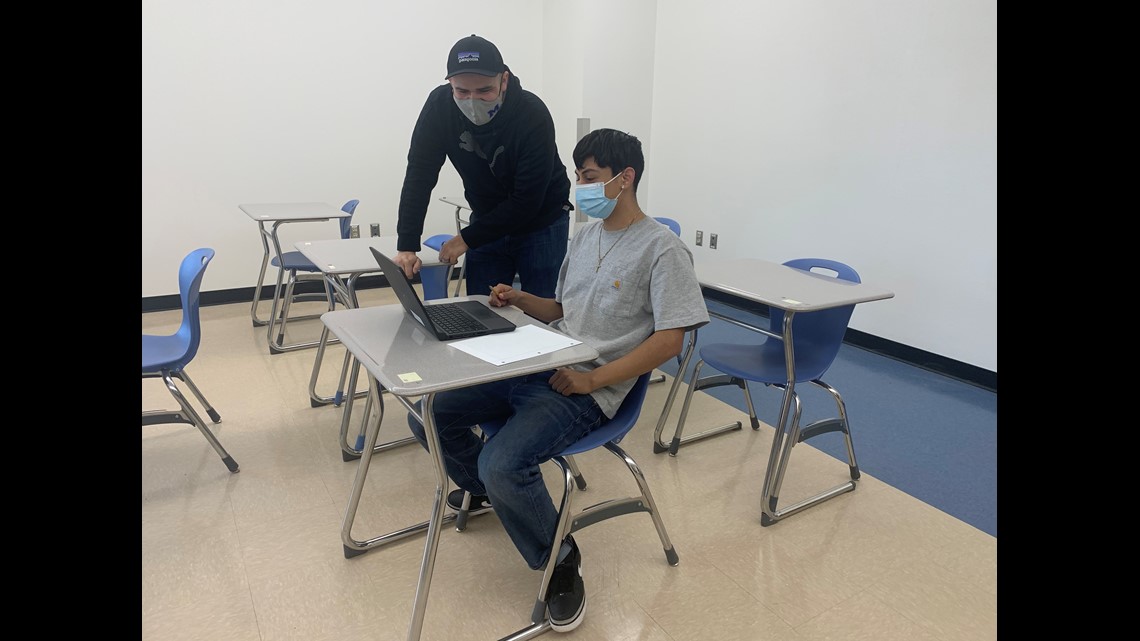
“I came in. They started helping me. I saw my progress going up. So I got excited you know,” Eduardo said.
He started going to McNary at every chance he could, to get the help he needed.
“I was here basically every day,” said Eduardo.
“We even had staff members that said, ‘Man, we gotta get Eduardo a badge because he’s here all the time,” said Aris Astorga, Community Outreach Coordinator at McNary High.
“I don’t think Eduardo gives himself enough credit,” he said.
Astorga said limited in-person learning has been expanding, which has been helpful to the many kids who have struggled with distance learning.

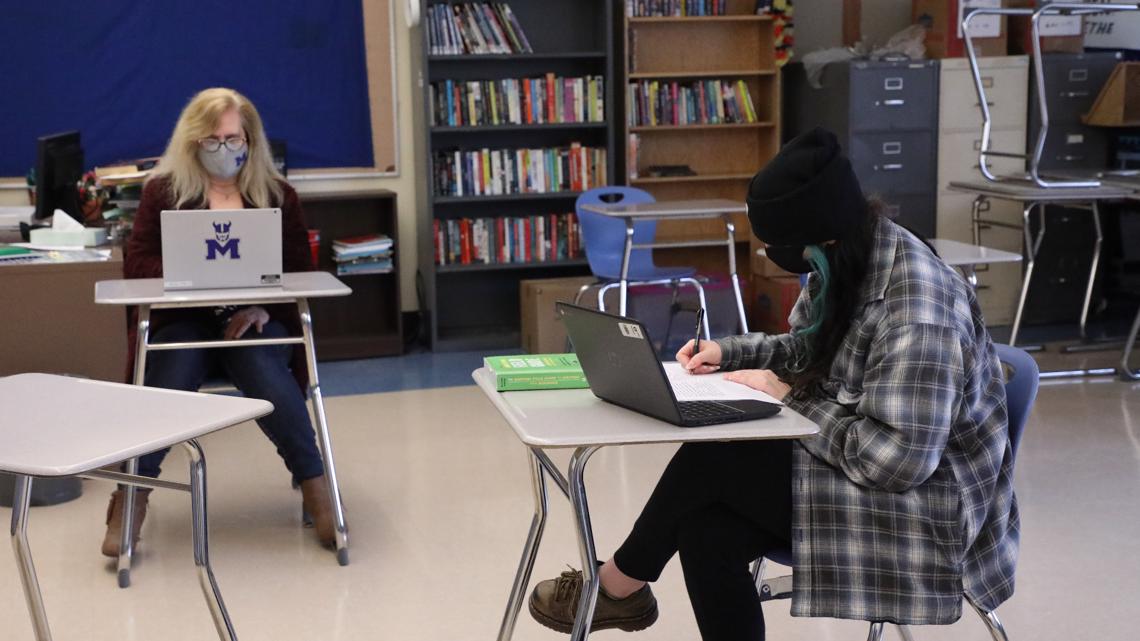
“We’ve been able to get more staff involved. As of now, we’ve got teachers in every department who are able to hold their own small limited in-person instruction,” said Astorga.
“In the fall it was an organized scramble to help the students […] I feel like we’re running on all cylinders now.”
Astorga said when Eduardo first started limited in-person instruction, he could tell, Eduardo was close to giving up on school. Now, Eduardo is only one class away from meeting his graduation requirements.
“Now I’m really excited. I know I can graduate. So, I’m going to take advantage of whatever I can,” said Eduardo.
Eduardo said he hopes other students don’t give up, stay in school, and keep doing their schoolwork. Once he graduates, he wants to be a professional soccer player. If that doesn’t pan out, Eduardo is interested in becoming a police officer.
Jespersen said he anticipates that with more kids coming to the school for limited in-person instruction, more students will have the chance to turn their grades around, like Eduardo.

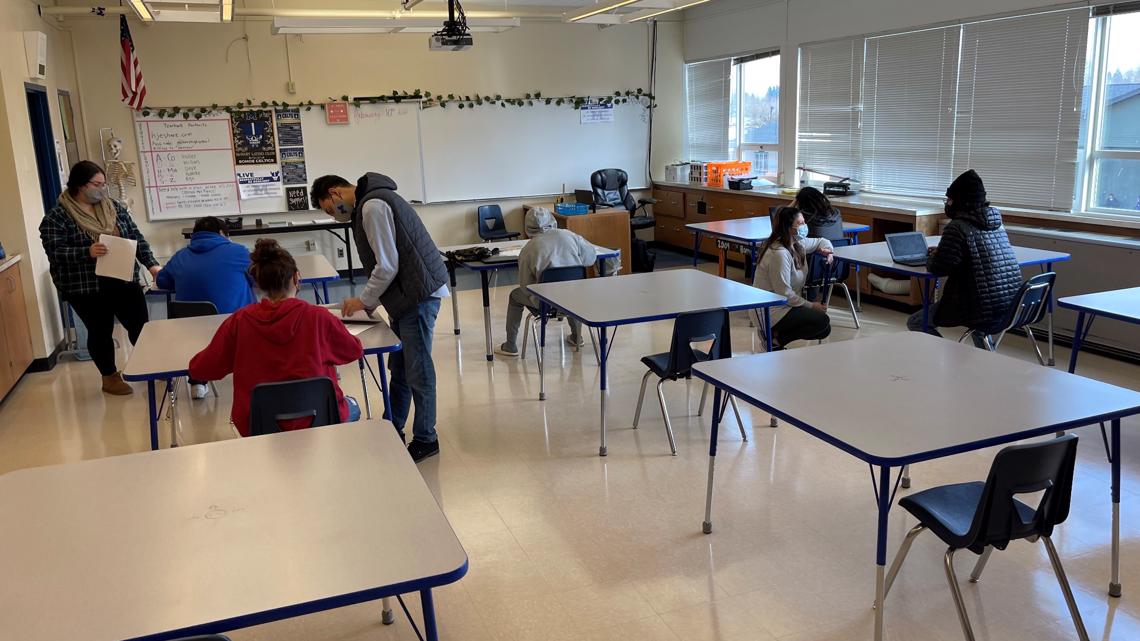
While the pandemic has been rough, Jespersen was keen to point out that McNary High School celebrated a big milestone involving Latinx students who make up about 1/3 of McNary’s student population.
“For the first time in school history this past graduation year, our Latino students had a higher graduation rate than any other group of students,” said Jespersen.
“We had a 13% gap six years ago between white students and Latino students.”
He said in the 2019-2020 school year, the graduation rate among Latinx students was 91.48%.
Breakdown of high school grades for the second quarter in the Salem-Keizer School District

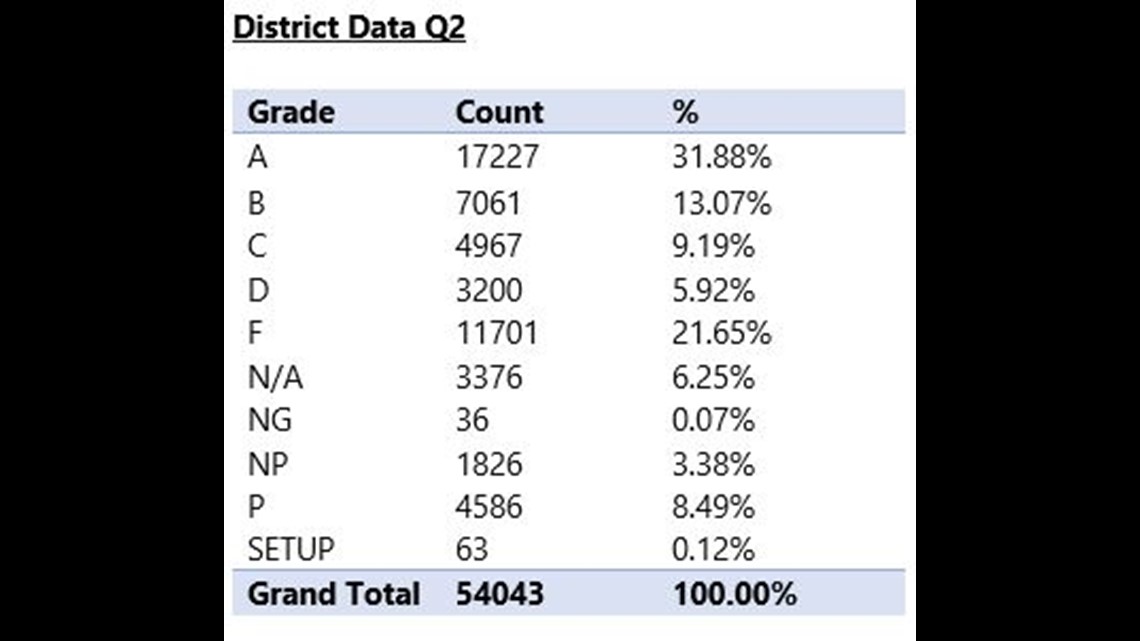
Breakdown of grades for the second quarter at McNary High School

